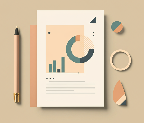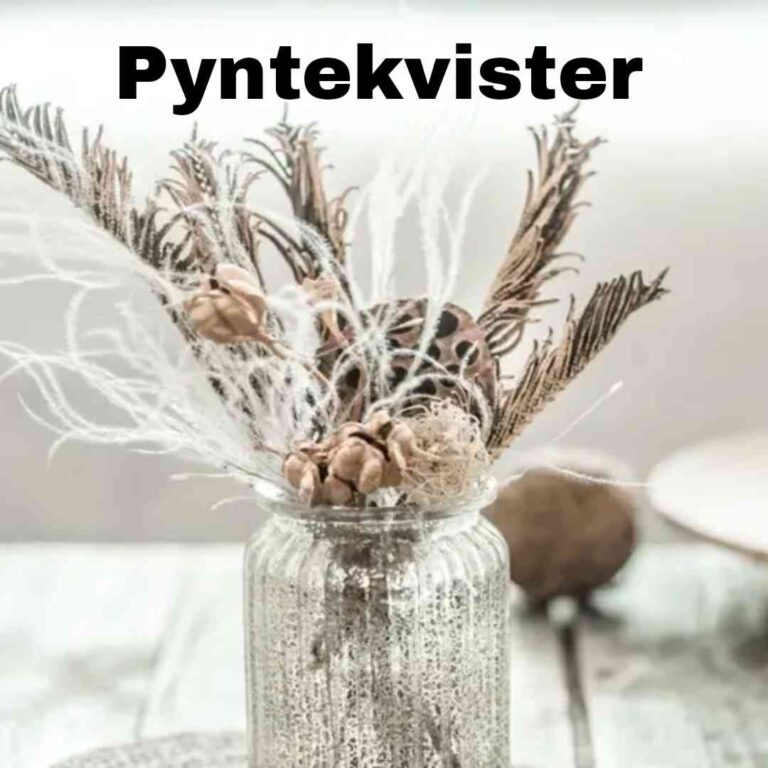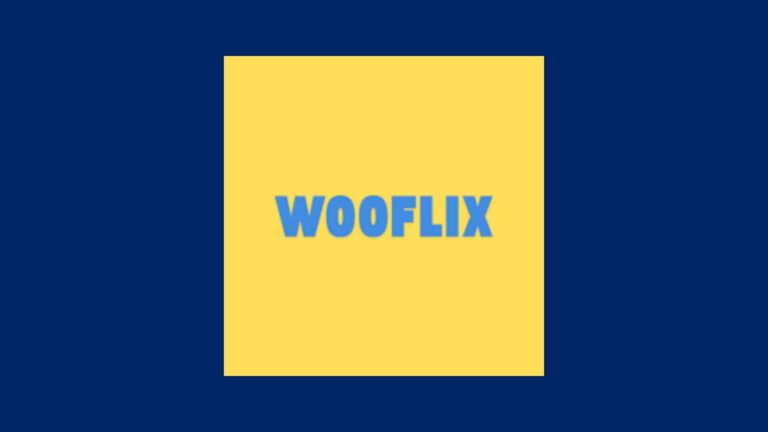
What Are Chevrons? Everything You Need to Know About These Versatile Patterns
Introduction
Ever spotted that sharp, zigzag pattern on a road sign or as a fashion print and wondered why it’s so iconic? That’s the chevron. This timeless design symbol has woven itself into countless industries, including art, fashion, architecture, and even traffic systems. But chevrons aren’t just about aesthetics; they carry meaning, function, and a rich history.
In this blog, we’ll take a deep-dive into everything chevrons. From their origin story to how they’re used in different industries today, you’ll leave with a newfound understanding of this ubiquitous yet underappreciated pattern. We’ll also sprinkle in some fun facts, statistics, and examples to make it all come alive.
The Origin of Chevrons
What Is a Chevron, Exactly?
At its simplest, a chevron is a V-shaped pattern or mark. Its pointed shape can repeat in a zigzag sequence or stand alone. The design can be bold and graphic or soft and understated, depending on how it’s applied. But no matter the form, this shape captures attention, which is why it’s found everywhere, from ancient insignias to modern fashion.
How Chevrons Got Their Start
Historically, chevrons trace back thousands of years. Ancient pottery and textiles unearthed in Greece, Mesopotamia, and even Indigenous cultures often feature lightweight, repeating chevron motifs. Notably, chevron entered Western military insignia during the Roman Empire. A single chevron denoted rank, with the angle pointing upward for officers and downward for lower-ranking soldiers.
By the Middle Ages, this symbol evolved, finding usage on coats of arms and heraldic shields across Europe. It wasn’t just decorative; chevrons often carried coded meanings, representing protection, loyalty, or achievement.
From History to Modern Times
Fast forward to today, and chevrons have splashed into every industry imaginable. Whether you’re looking at a construction barrier or a haute couture collection, this design highlights the universal appeal and versatility of this pattern.
Chevrons in Everyday Life
Road Signs and Traffic Patterns
If you’ve driven down a highway or stood at a pedestrian crossing, you’ve seen chevrons in action—even if you didn’t notice. Road signs and markings often use chevron to guide drivers. They first caught on in the mid-20th century when studies proved that their high visibility reduced accident risks. Today, chevrons appear on turn markers, caution signs, and even to designate lanes during tricky merges.
Why Chevrons Work on Roads
A chevron’s sharp, directional lines catch the eye better than straight lines or circles. Psychologically, they communicate movement and urgency, influencing instant decision-making. It’s no wonder that these patterns make driving safer while seamlessly blending into the scenery.
Case Study
A 2024 study conducted in the UK revealed a 25% reduction in lane-divergence accidents after chevron markings were added to freeway exits. This statistic alone reinforces their continuing importance today.
Chevrons in Fashion and Home Design
Bold Looks on the Runway
Designers such as Missoni and Diane von Fürstenberg have long embraced chevrons in fashion. Whether it’s a statement zigzag-print dress or subtle chevron embroidery on a jacket, the pattern adds energy and flair. Its angular symmetry also makes it universally flattering.
Timeless Appeal in Interiors
Home designers love chevron floors, rugs, and backsplashes for a reason. Their repetitive nature creates movement, making tight or flat spaces feel dynamic. For example, Scandinavian-style homes often incorporate chevron wood floors for a modern yet cozy touch.
Military and Emergency Services
Chevrons still dominate the visual language of rank and instructions in military circles. Police uniforms, fire trucks, and even emergency medical vehicles often incorporate chevron to signal authority or highlight safety zones. The connection isn’t just about tradition; it reinforces trust and draws attention.
Key Reasons Chevrons Work
The Science of Visual Impact
The sharp lines and symmetry of chevrons make them both eye-catching and easy to comprehend. A study from the National University of Singapore (2025) suggests that triangular or pointed patterns require milliseconds less brain processing than curved shapes. This explains why chevron excel at high-stakes functions, like road markings or safety symbols.
Its Versatility in Meaning
Chevrons aren’t just functional; they’re universal. Depending on the context, they symbolize power, movement, or style. For example:
- Upwards chevrons: Represent rank or ascent (think military insignias).
- Downwards chevrons: Typically signal stability or caution, as seen on roads.
- Repeating chevrons (zigzag): Usually indicate playful or bold energy, often seen in creative industries.
The Difference Between Chevron and Herringbone
You may have heard the terms “chevron” and “herringbone” used interchangeably, especially in design contexts. However, they differ in subtle but important ways.
| Aspect | Chevron | Herringbone |
|---|---|---|
| Shape | Perfectly aligned V-shapes | V-shapes with alternating angles |
| Look | Clean and symmetrical | Staggered and textured |
| Usage | High-end, minimalistic styles | Rustic, vintage-inspired themes |
For instance, chevron wood floors feature continuous, sleek lines, while herringbone adds depth by breaking the symmetry.
When to Use Which
If your space or design needs a clean, modern touch, opt for chevron. For those seeking warmth or a classic vibe, herringbone delivers charm every time.
How to Incorporate Chevrons in Your Life
Feeling inspired? Here’s how you can use chevrons to amplify design, creativity, or practicality.
- Home Decor: Add a chevron throw pillow, area rug, or wallpaper for instant visual impact.
- Clothing: Whether subtle or bold, chevron prints flatter all body types.
- DIY Projects: Create photo frames or wall art using chevron patterns for a personal touch.
- Gardens: Chevron-patterned tiles or brick paths add depth and elegance to outdoor spaces.
The Future of Chevrons
Emerging trends hint at even more versatile uses of chevrons. Augmented reality (AR) gaming and virtual environments are adopting bold chevron designs to guide users. Fashion continues to experiment with metallic and holographic zigzag textures, offering futuristic vibes.
Meanwhile, urban planners predict an uptick in chevron-inspired traffic engineering, particularly in smart cities designed to optimize safety and flow. This pattern isn’t going anywhere soon.
FAQs About Chevrons
What are chevrons used for in traffic signs?
They guide drivers and signal important actions, like sharp turns or lane merges. Their high visibility makes them indispensable for road safety.
Is there a spiritual meaning to the chevron symbol?
Some cultures associate chevrons with protection, movement, or success, reflecting its ancient heritage.
Are chevrons out of style in interior design?
Not at all! While trends come and go, chevron are versatile enough to adapt. Classic chevron wood flooring remains a timeless choice, while bold chevron wallpapers add a modern twist.
What’s the difference between chevron and zigzag?
Technically, zigzag lines switch directions without following a perfect V-shape, whereas chevron create consistent, uniform Vs.
Conclusion
Chevrons prove that a simple, pointed design can leave a profound impact. They’re everywhere—from historical artifacts to modern-day cityscapes. Their appeal lies in their clean geometry, universal application, and cultural significance.
Whether you’re admiring a chevron-print dress, following chevron traffic signs, or choosing a chevron floor for your home, there’s no denying the versatility and beauty of this enduring pattern. Now that you know the story and the science behind chevrons, how will you incorporate them into your life?




